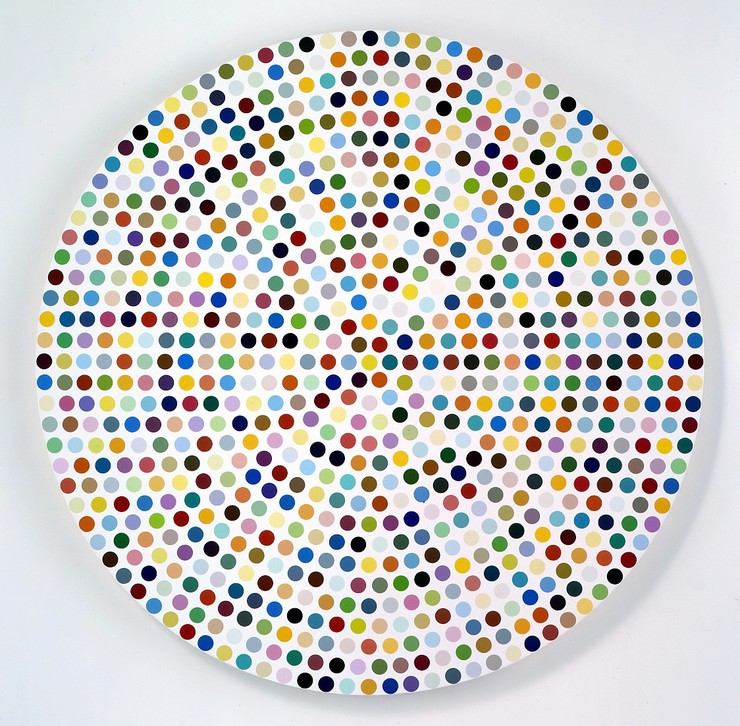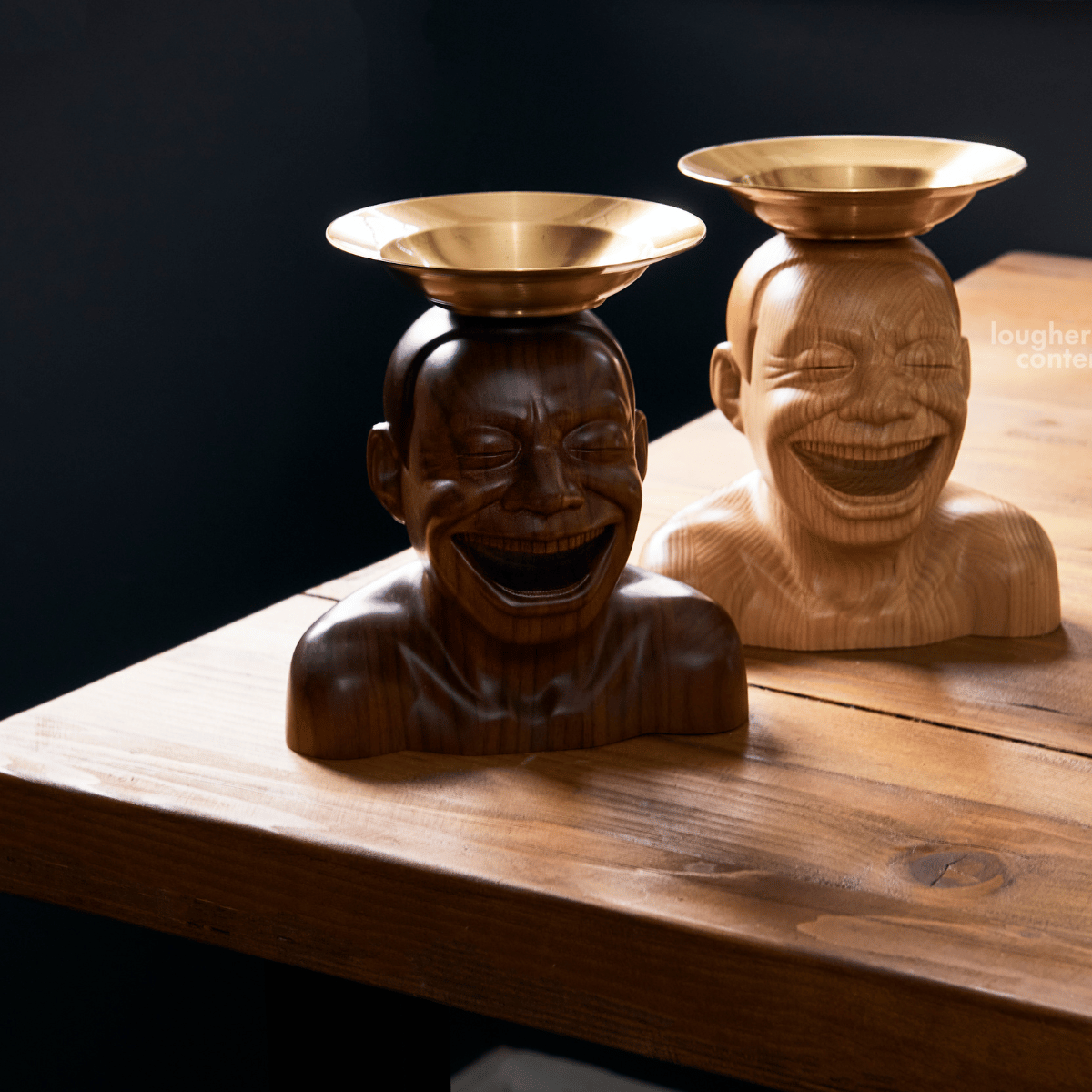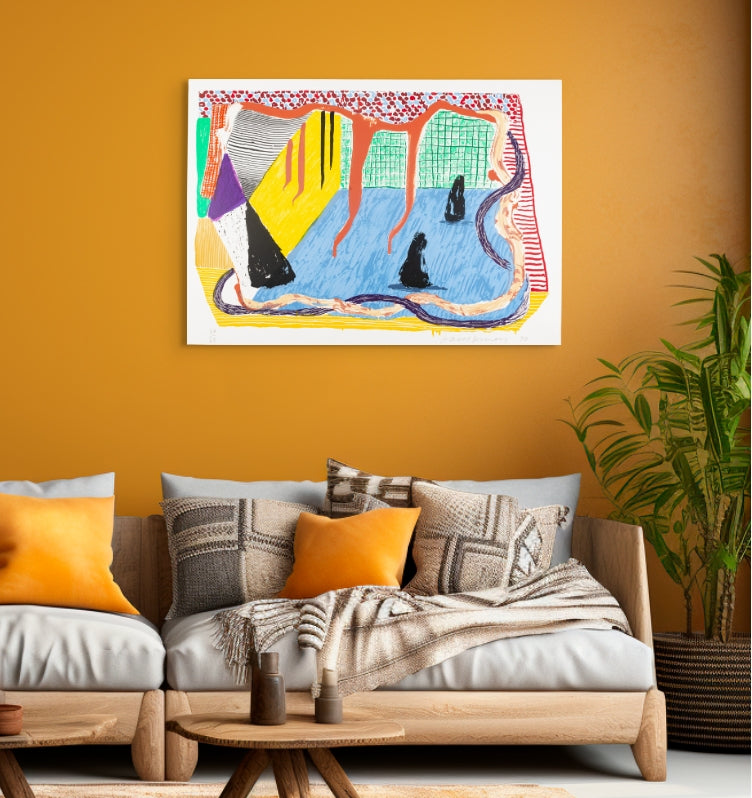
Consider the Colour Palette
Art has the power to transform any space, adding personality, warmth, and a sense of identity to your home. Whether you’re working with a single piece or a collection, how you style your art can make all the difference. Here’s a guide to help you showcase your art in a way that enhances your space and reflects your unique style.
Complementary Colours:
Your art doesn’t need to match your room exactly, but it should complement it. For example, if your room has a neutral palette, vibrant art can provide a striking contrast.
Harmonise with the Decor:
Use your art to tie together different elements of your decor. If you have accent colours in your furniture or accessories, consider incorporating them into your artwork.
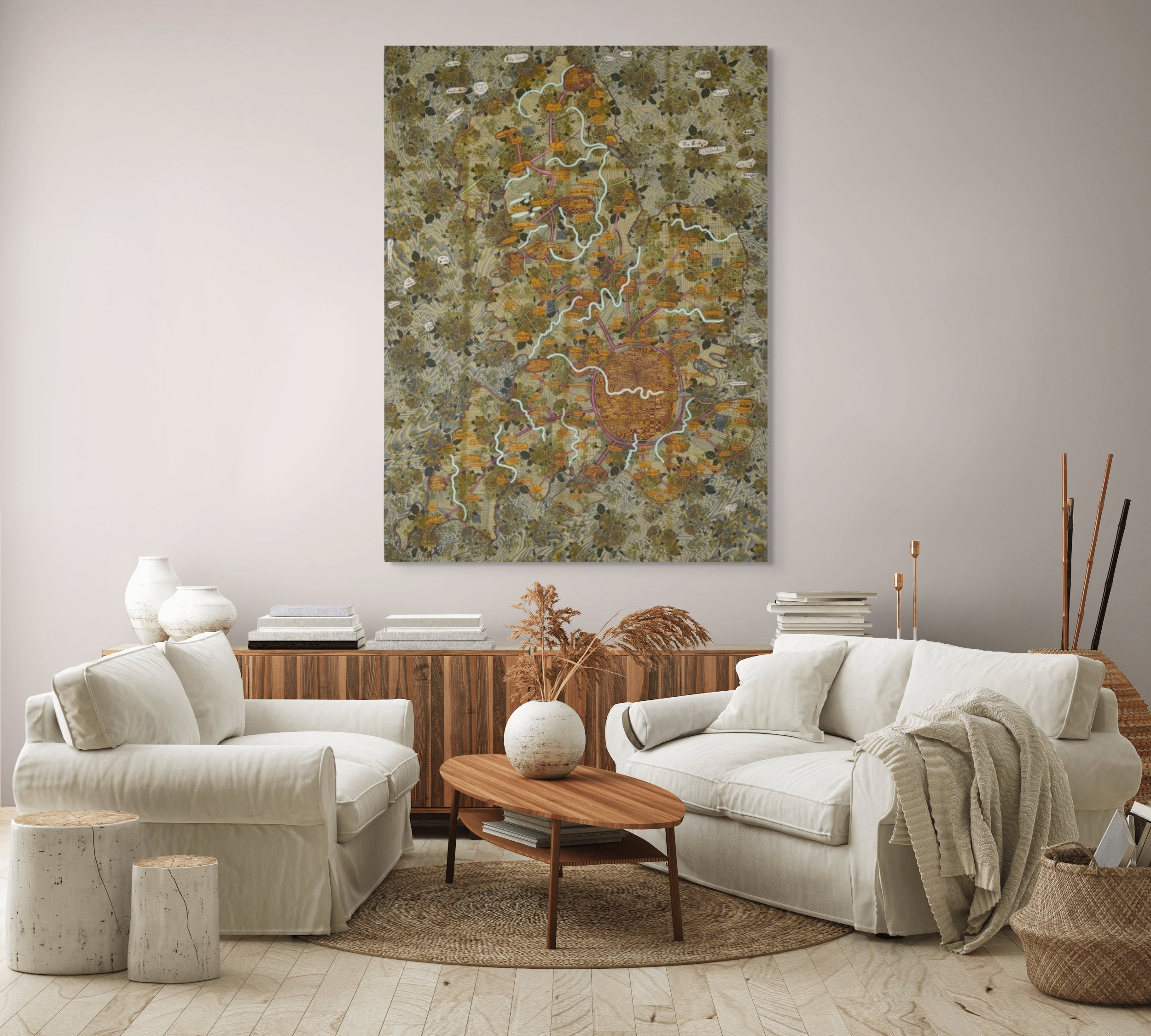
Placement and Positioning
Eye Level Display:
Generally, art should be hung at eye level, about 145-150 centimetres from the floor to the centre of the piece. This ensures the art is naturally in view and easy to appreciate.
Above Furniture:
When hanging art above furniture, leave about 10-15 centimetres between the top of the furniture and the bottom of the artwork. This creates a visual connection between the piece and the furniture.
Create a Focal Point:
Use a bold or large piece of art to create a focal point in the room. This could be over a fireplace, a bed, or in a dining room.
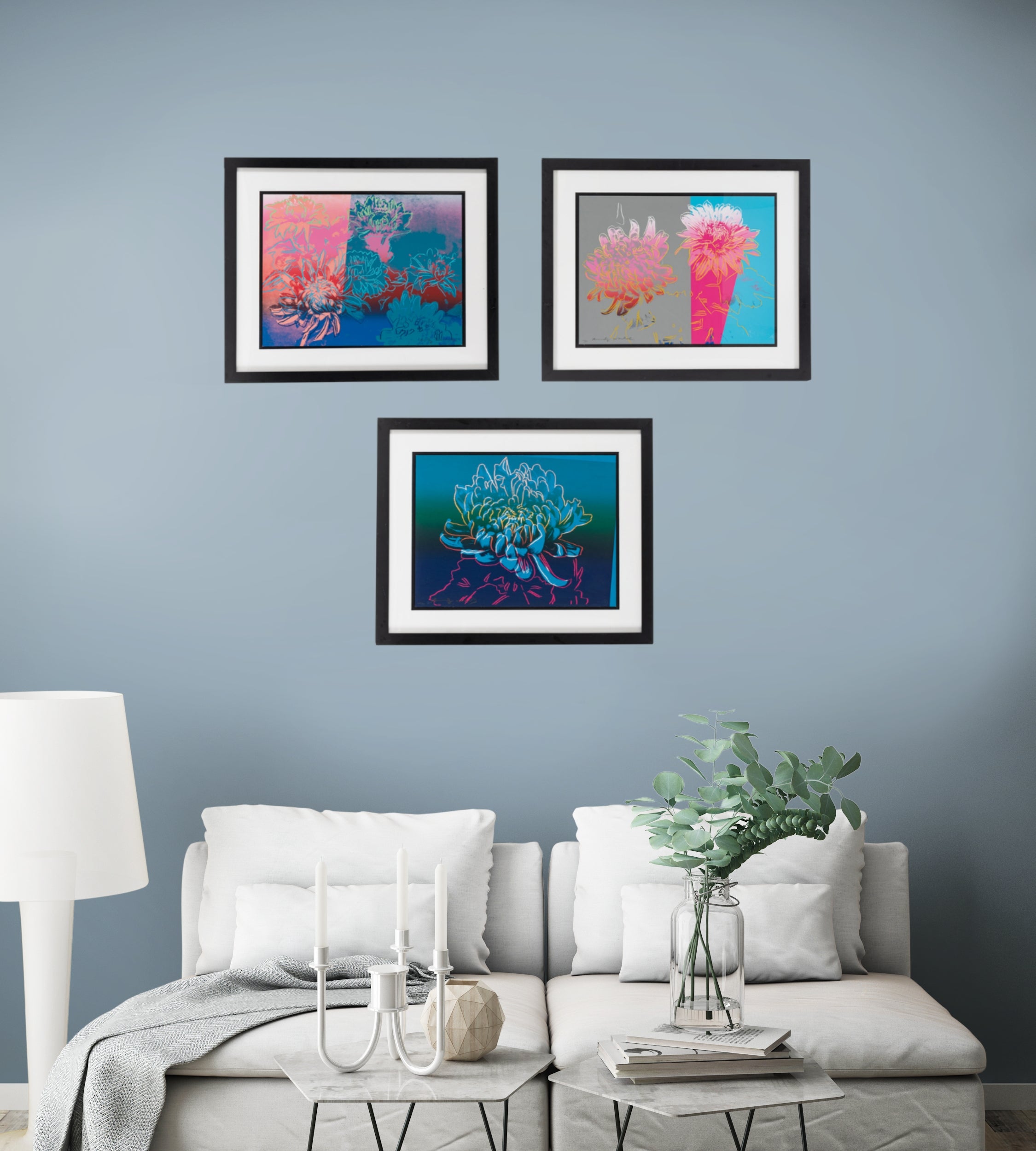
Gallery Walls and Groupings
Create a Gallery Wall:
Group smaller pieces together to form a gallery wall. Lay out your design on the floor first or use painter’s tape to map out your wall arrangement.
Mix and Match Frames:
Don’t be afraid to mix different frames. The key is to have some consistency—whether in colour, style, or material—to keep the look cohesive.
Spacing:
When creating a gallery wall, keep the spacing between frames consistent, typically 5-7 centimetres apart. This will make the collection feel unified.
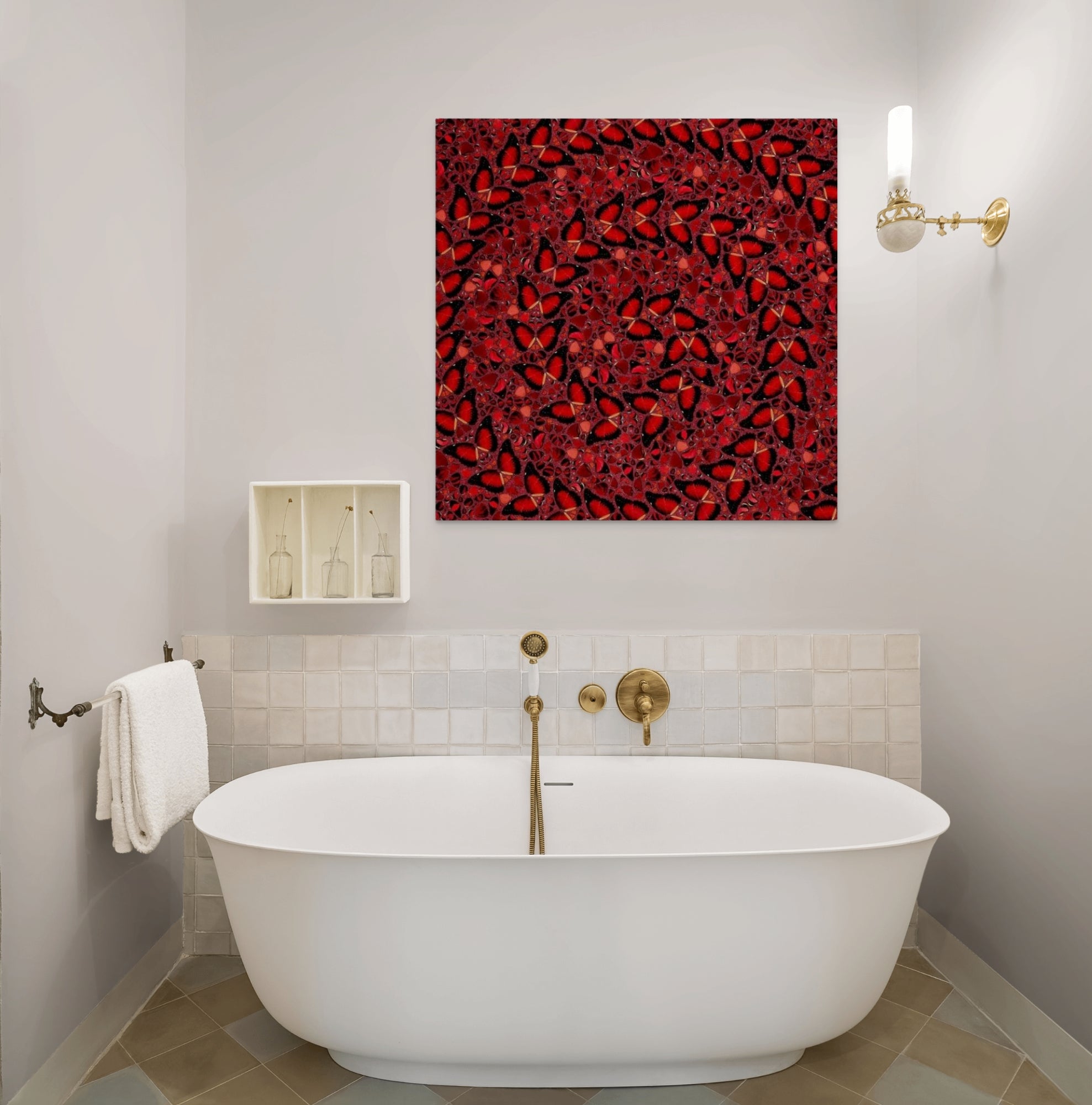
Incorporate Art into Unexpected Spaces
Bathrooms:
Humidity-resistant art, like ceramic or metal pieces, can add a sophisticated touch to a bathroom.
Kitchens:
Small prints or a single statement piece can add warmth and personality to a kitchen, where art is often overlooked.
Hallways:
Turn a hallway into an art gallery by lining the walls with a series of prints or photographs.
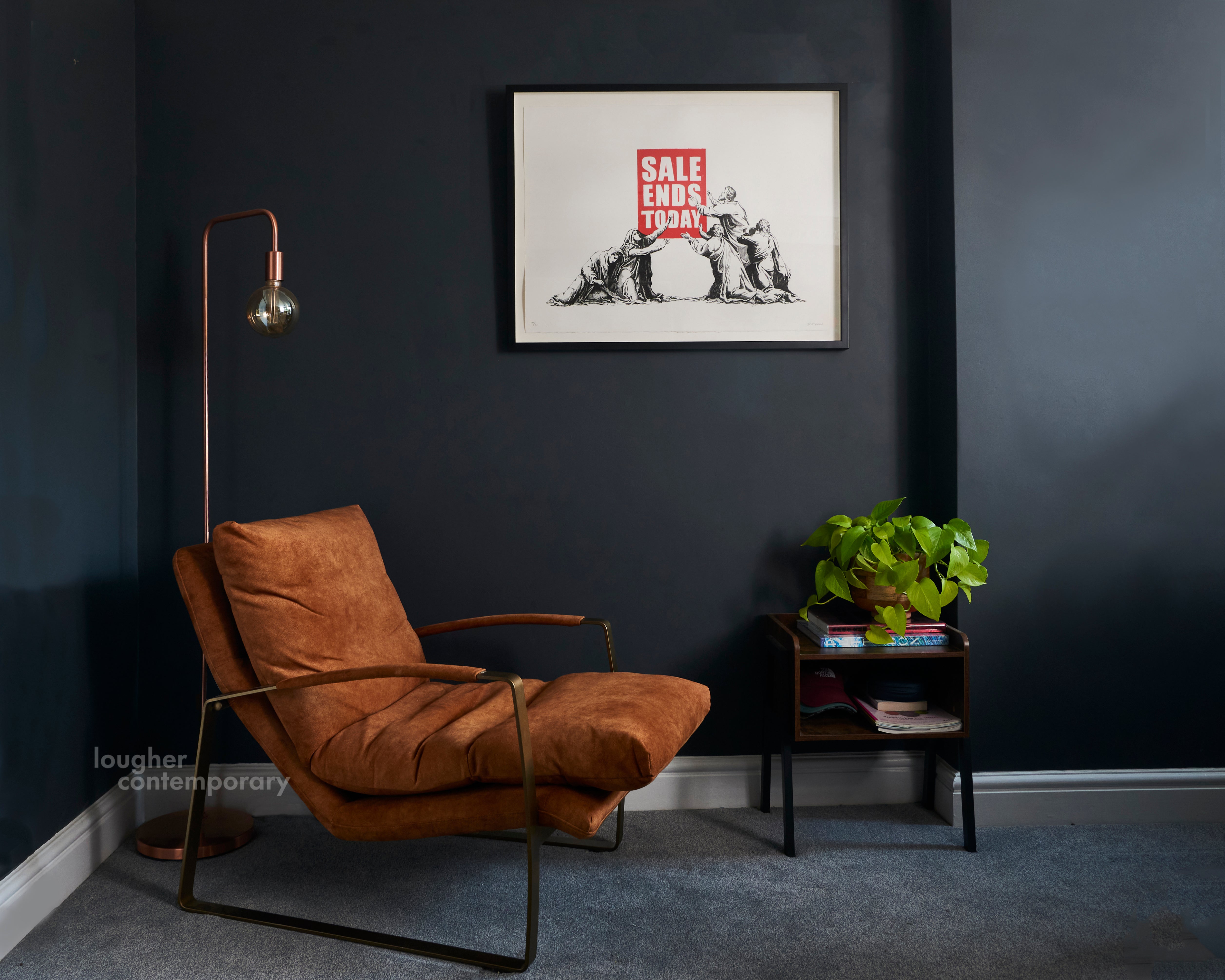
Consider the Frame
Frame for the Piece:
Choose a frame that enhances, rather than overpowers, the artwork. A simple frame works well with busy, colourful art, while ornate frames can add drama to simpler pieces.
Matting:
A mat can provide breathing space for your artwork, making it stand out. White or off-white mats are classic, but coloured mats can add a bold contrast.
Frameless Options:
For a modern look, consider frameless options like canvas prints or float frames that let the art speak for itself.

Consider the Frame
Frame for the Piece:
Choose a frame that enhances, rather than overpowers, the artwork. A simple frame works well with busy, colourful art, while ornate frames can add drama to simpler pieces.
Matting:
A mat can provide breathing space for your artwork, making it stand out. White or off-white mats are classic, but coloured mats can add a bold contrast.
Frameless Options:
For a modern look, consider frameless options like canvas prints or float frames that let the art speak for itself.
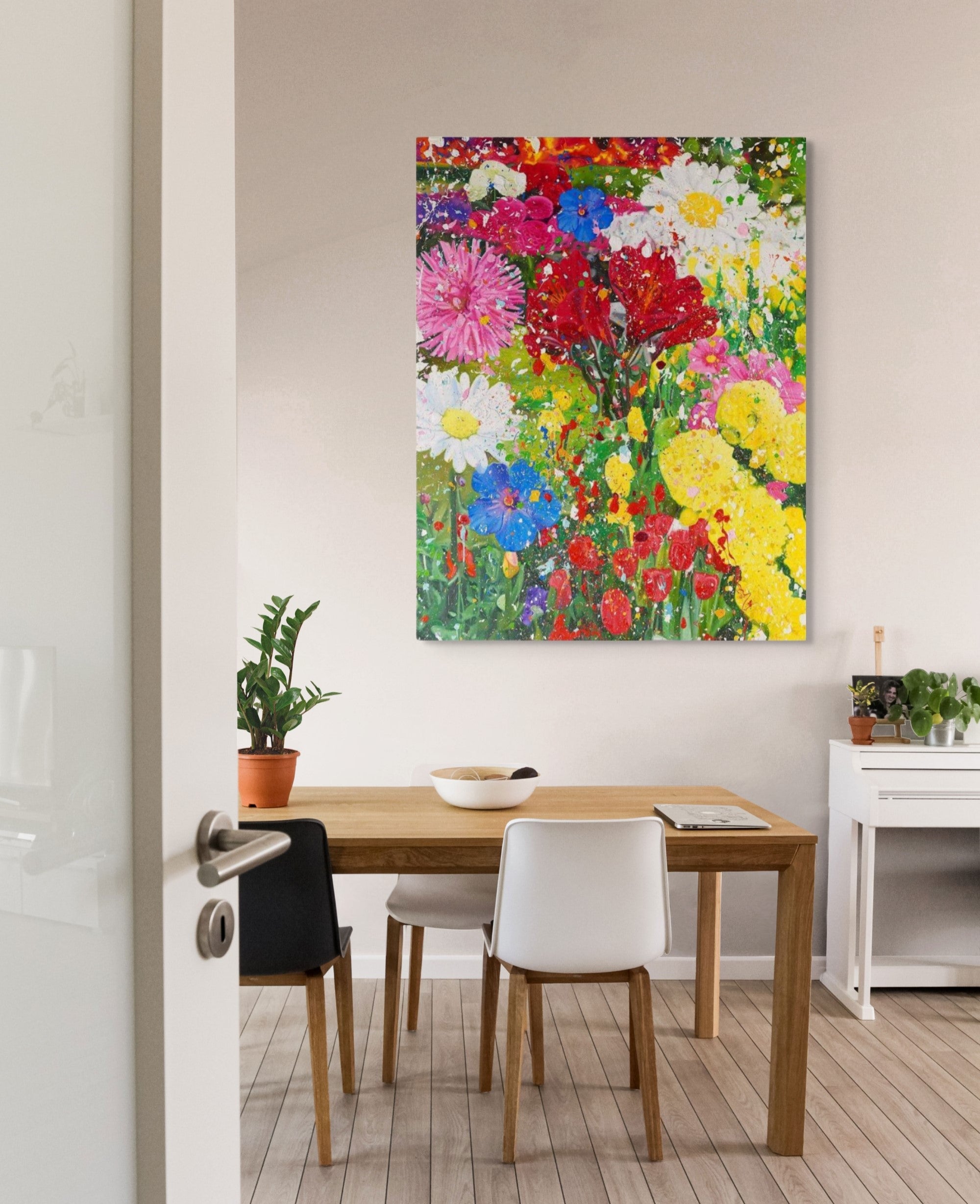
Trust Your Instincts
Make it Your Own:
While guidelines can help, there are no hard and fast rules in art. Trust your instincts and let your personal taste guide your choices. The most important thing is that your art resonates with you and makes you feel at home.
Styling art in your home is both an art and a science. By considering the scale, colour, placement, and lighting, you can create a harmonious and visually pleasing display that elevates your space. Whether you prefer a minimalist look or a bold statement, the way you style your art can transform your home into a reflection of your personal style and creativity.
All images from Lougher Contemporary
Contact Us
Looking for artworks for a certain space?
Speak with our team of experts to help you find the perfect artwork for your home.







